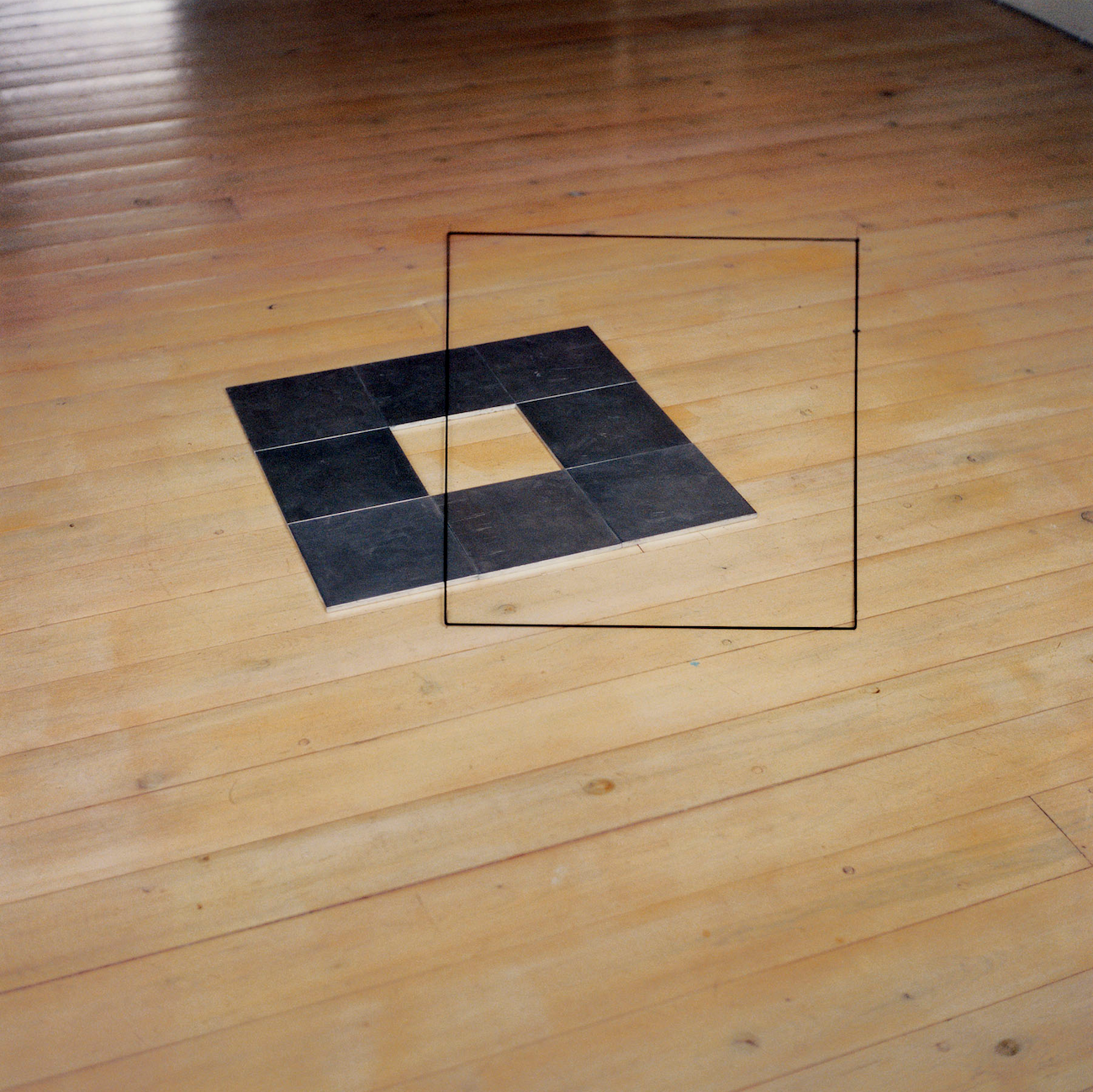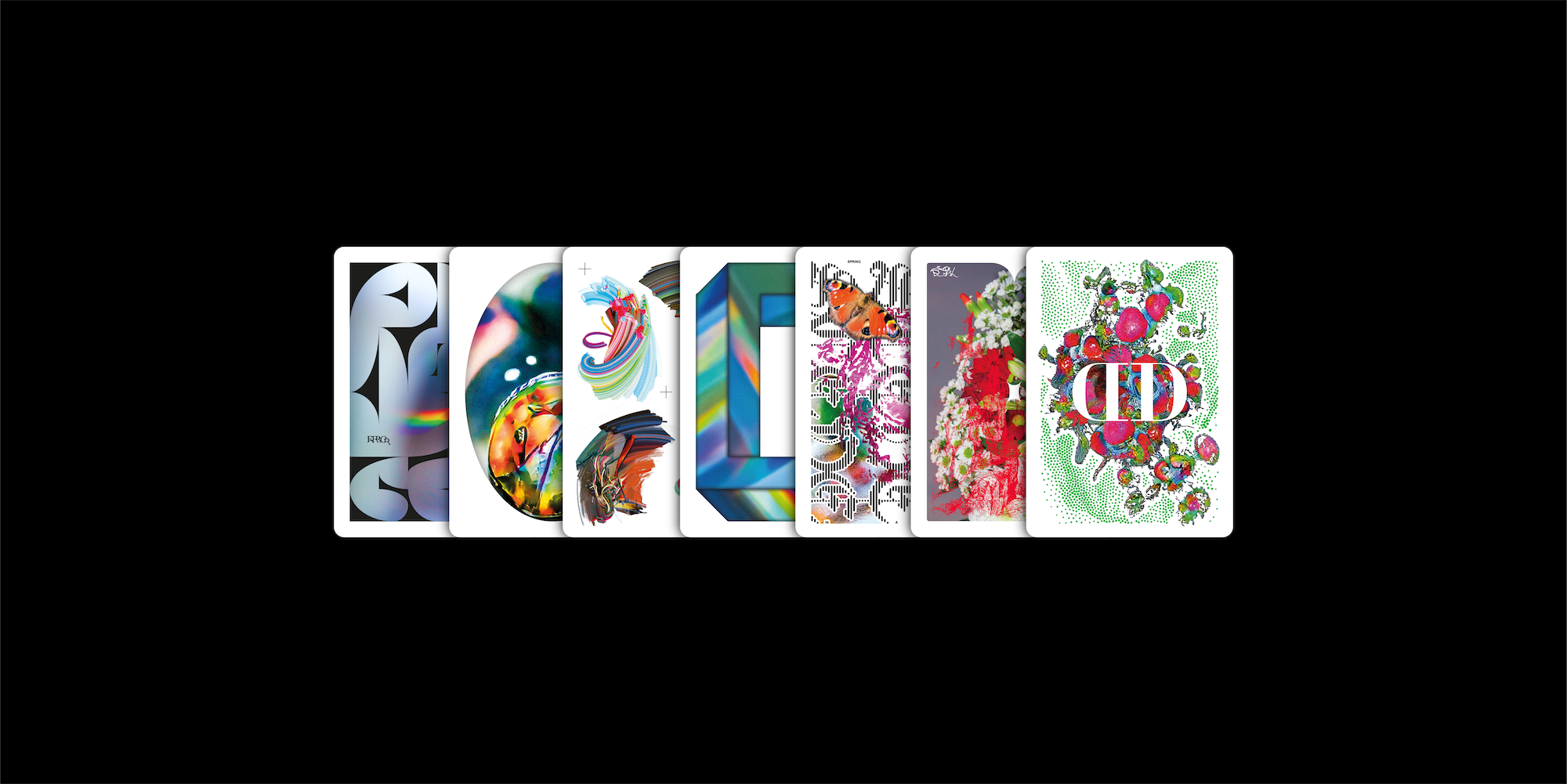Numbers don’t always seem to mesh with the art of photography, but maybe they should. For decades, Jan Dibbets, an Amsterdam-based Dutch conceptual artist born in 1941, delved into new areas of innovation. A place where geometry and mathematics take centerstage.
In the book Catalogue of the Tate Gallery’s Collection of Modern Art, art historian Ronald Alley mentions how Dibbets saw his land art photography as a “dialogue between nature and cool geometrical design by rotating the camera on its axis” with his “perspective corrections.” In his photography, Dibbets intersects Minimalism with Conceptualism and land art.
Architectural elements like ceilings, floors, and even windows inspire his work.

"Perspective Corrections" (1968) by Jan Dibbets
With his renowned series of photos entitled “Perspective Corrections,” Dibbets concerns himself with illusion and reality as he uses nearly right angles to “correct” recessive perspectives of flatland. This particular series ran from 1967 to ’69 and focused on floors, lawns, and even walls to give the photographs this 3D illusion through oblique perspective.
In 1971’s “Panorama Dutch Mountain 12 x 15° Sea II A,” he extended his exploration of geometric features in the landscape, focusing specifically on a beach in Holland during the empty winter months. He references the 15-degree angle change of his tripod in the title of the work, which enabled him to juxtapose the flat Dutch landscape with the movement of the waves to create the mountain in a panoramic view.
Dibbets helped to propel the medium forward, pushing the abstract. He reimagined and recreated unique perspectives in geometry and mathematics, merging spaces with shaped images and serialized grids.

"Lewitt" (2004) Courtesy Jan Dibbets and Cristea Roberts Gallery, London © Jan Dibbets
“In the course of photography’s brief history we can see how this diabolical, hybrid medium began to insist increasingly on its place in the arts,” he stated in a Musée d’Art Moderne press release, “especially since the 1960s and the coming of Conceptualism.”
Dibbets achieved international acclaim from his showing at the Dutch Pavilion in 1972. Since then, his work has appeared in collections and exhibitions around the world at the Guggenheim Museum, the Louisiana Museum of Modern Art, the Museum of Modern Art, and the Stedelijk Museum. He continues to adopt and revolutionize, using multiple viewpoints, collages, and fragmented exposure times to further diversify his photographic practice.
Words by Esther Lombardi





Leave a comment
This site is protected by hCaptcha and the hCaptcha Privacy Policy and Terms of Service apply.